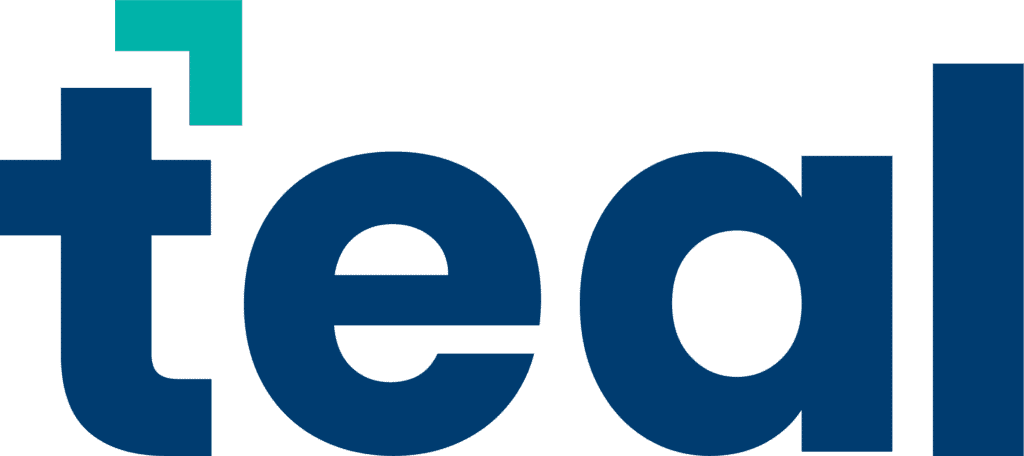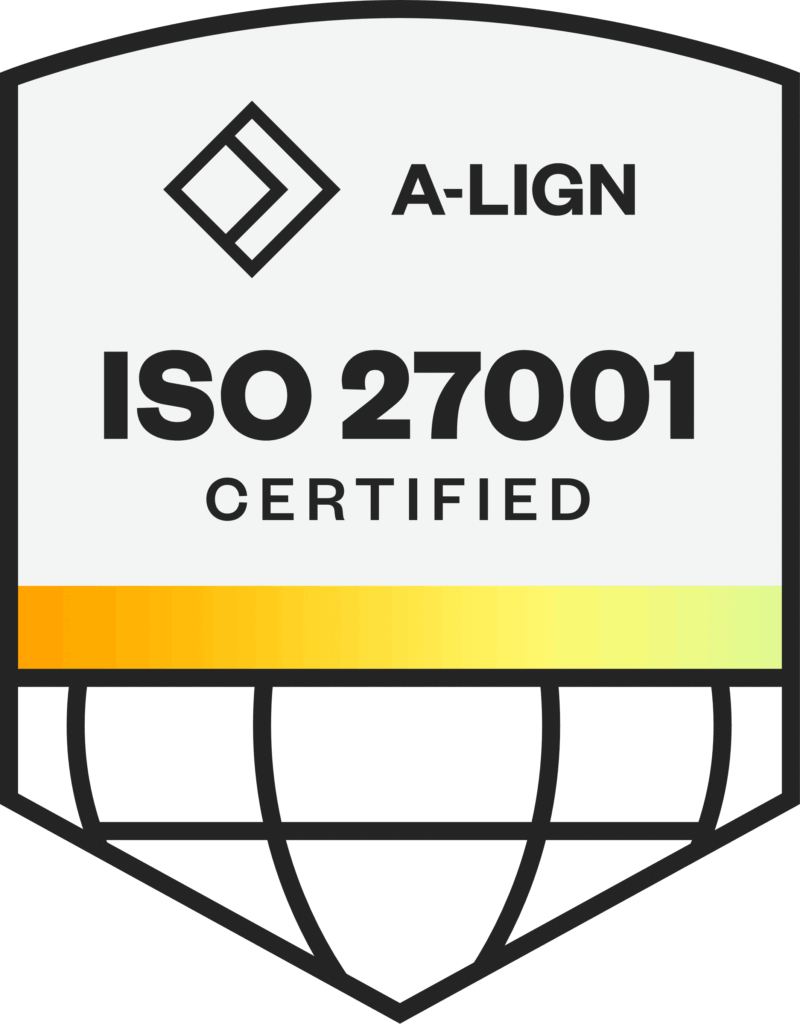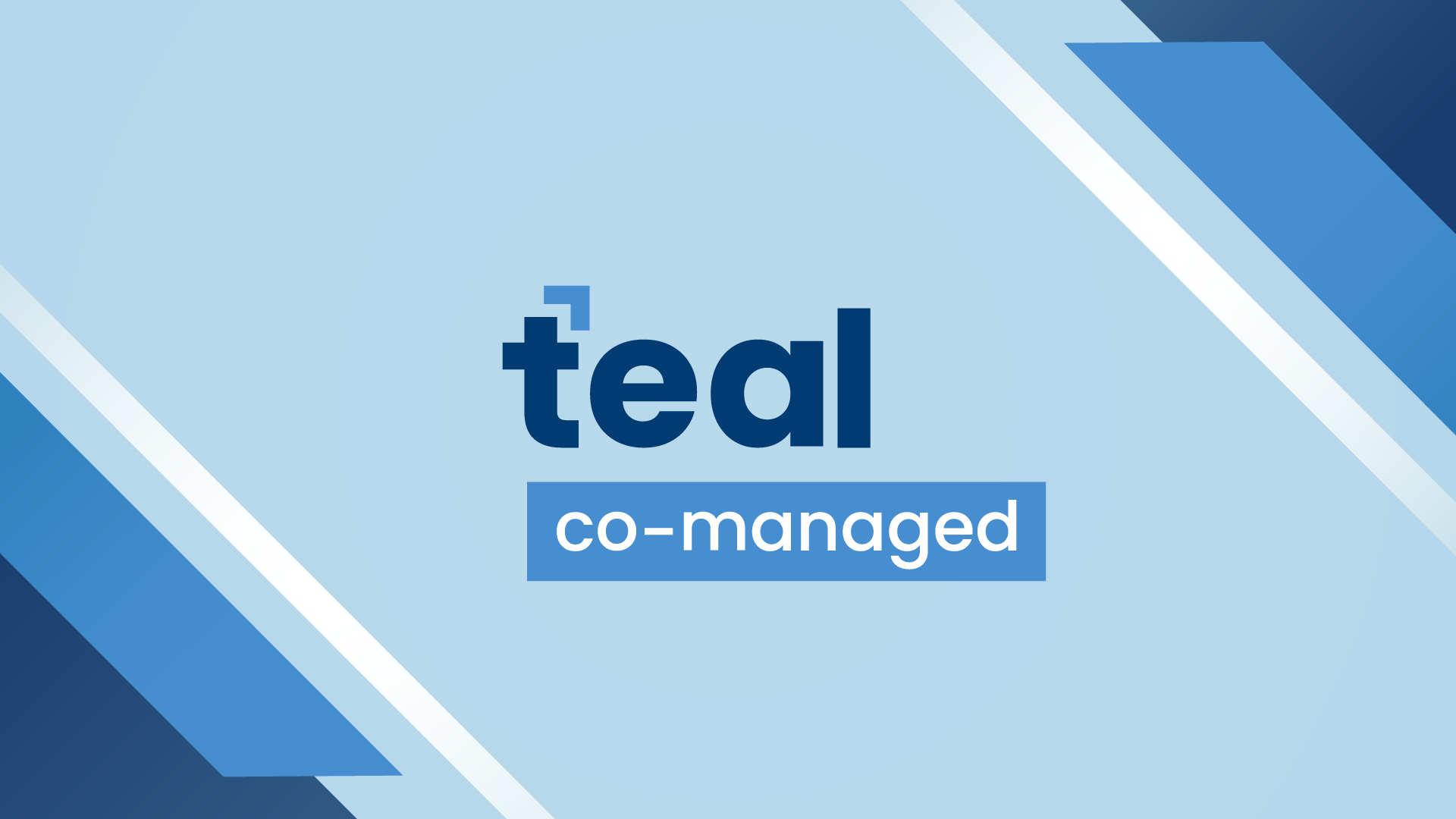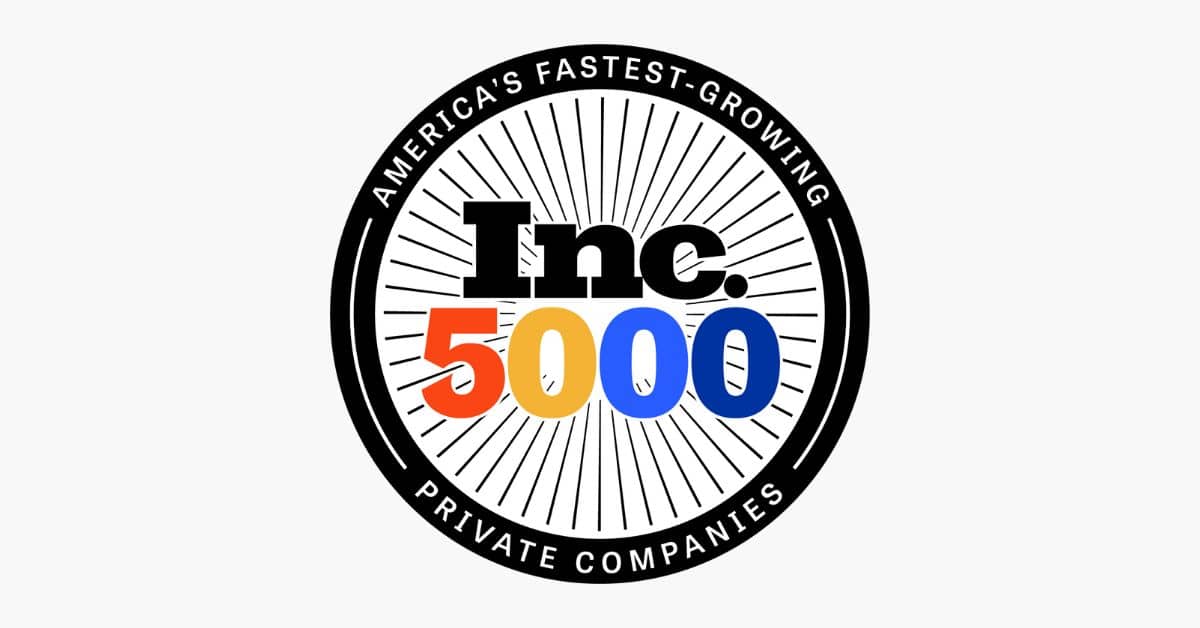Small and midsize businesses (SMBs) across industries are facing a new wave of uncertainty in 2025. President Donald Trump’s proposed tariffs on imports – especially those from China – could drive up the cost of everything from laptops and servers to raw materials. In this article, we’ll explore everything you need to know about how these tariffs are impacting hardware costs.
We’ll also outline the implications for SMBs in certain industries and share strategies to cope with insights from recent reports.
(Spoiler: staying agile and planning ahead will be crucial.)
Beat rising costs. Take these tariff-busting tips with you.
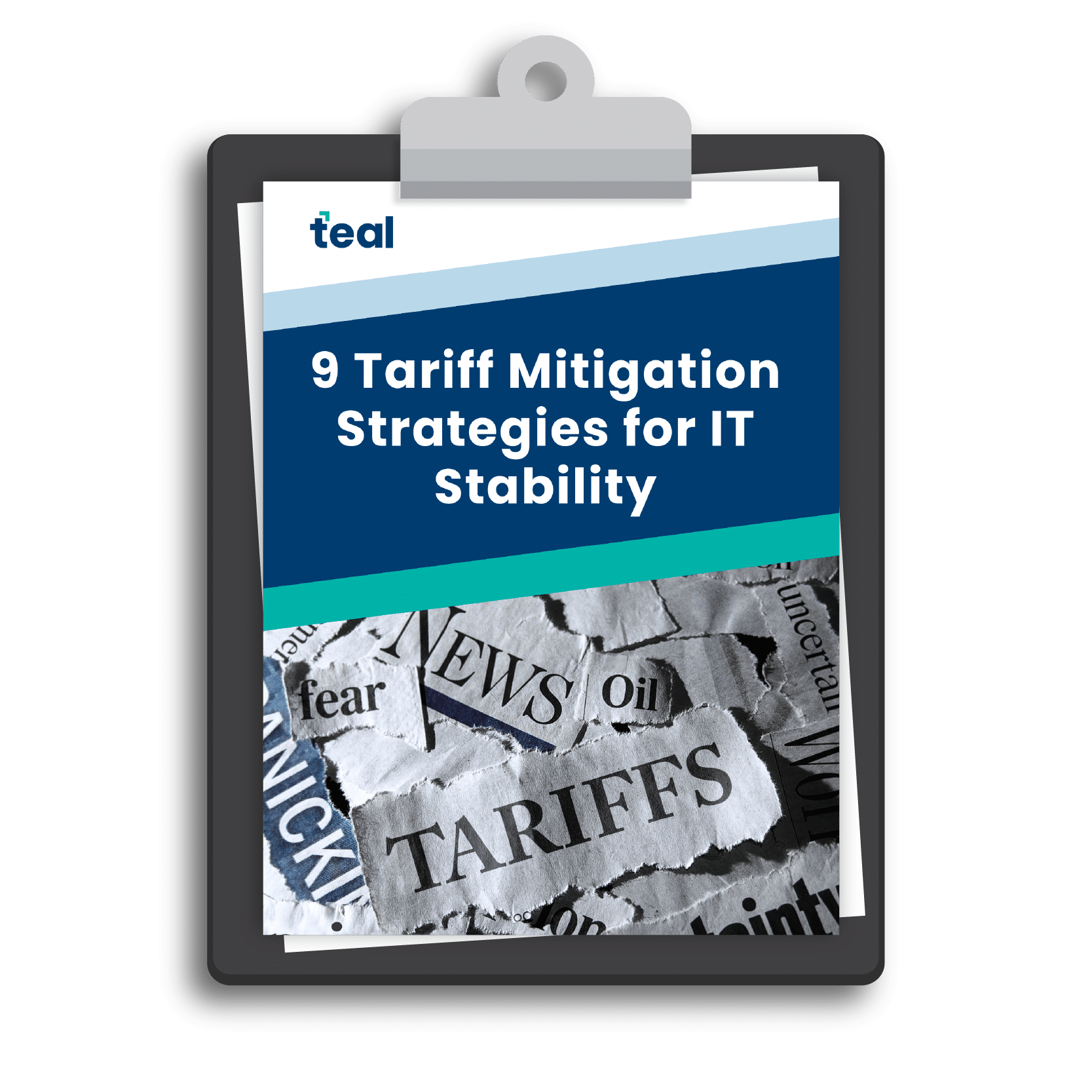
Tariffs are driving up costs and injecting uncertainty into IT planning for many small and mid-sized businesses. Get clear, strategic steps to protect your IT budgets in the face of changing trade policies.
Table of Contents
What Are Tariffs (and Who Pays Them)?
TL/DR: Tariffs are inflationary. They raise prices for end buyers – including SMBs – on affected goods.
At their core, tariffs are taxes on imported goods. When a tariff is imposed, it’s the importer – often a U.S. company bringing in foreign-made products – that pays the tax at the border. In practice, however, those costs usually trickle down to buyers.
As Wired explains, import tariffs cut into a company’s bottom line, so businesses often pass the added cost on to consumers by raising prices.
In short, tariffs make foreign products more expensive in the domestic market.
Tariff Example
Jason Miller, a Professor of Supply Chain Management at Michigan State University, provided an example. Say a U.S. retailer imports a batch of laptops at $400 each. With no tariff, they might mark each up by ~30% and sell for about $571.
But if a 20% tariff is applied, that import cost jumps, and the retailer’s selling price will rise accordingly (albeit perhaps not a full 20% higher, since the retailer might absorb a small portion).
Higher tariffs magnify this effect. A 104% tariff (which was briefly on the table in early April 2025) could cause a laptop’s store price to soar by ~69%, from $571 to roughly $966.
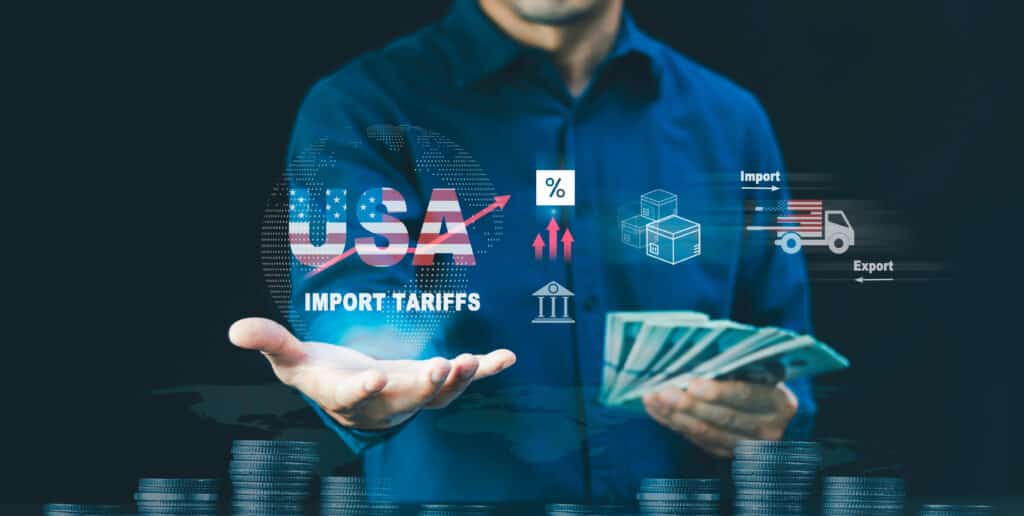
Overview of Trump’s 2025 Tariff Plans
TL/DR: Even after exemptions, tech products from China are not completely off the hook from tariffs.
In early 2025, President Trump launched a series of sweeping tariff actions, setting the stage for a potential global trade war.
Here’s a quick rundown of what has happened so far.
10% Blanket Tariff
On April 5, a blanket 10% tariff on all imports into the United States took effect. This broad tariff was unprecedented in scope, applying to goods from every country. It immediately raised concerns across industries, from retail to tech, about rising costs and supply chain disruptions.
Reciprocal Tariffs
Within days, dozens of countries prepared countermeasures. By April 9, the U.S. had imposed “reciprocal” tariffs on imports from 60 countries (matching tariffs those countries impose on U.S. goods).
China, targeted as a key trade rival, struck back with retaliatory tariffs exceeding 30% on U.S. exports. And Trump responded with a 125% tariff. Likewise, European leaders also discussed responses.
The tit-for-tat dynamic raised the risk of a broader economic slowdown, with economists estimating a 40% chance of global recession.
Higher Tariffs on China
Initially, the Trump administration signaled even harsher penalties on China. The tariff on Chinese imports was set to spike to 145% for a brief period – a dramatic increase that would have more than doubled the cost of Chinese-made goods. (This “reciprocal tariff” rate attempted to mirror the cumulative effect of China’s own trade barriers.)
Such a steep tariff, however, proved unsustainable amid industry outcry. Within a week, the White House adjusted its approach.
Tariff Pauses and Exemptions
By mid-April, the administration scaled back tariffs to 10% for all countries for 90 days except China. Tariffs on their goods remained elevated.
Notably, certain electronics like smartphones and laptops were exempted from the highest tariffs due to concerns about consumer impact. However, “exempted” doesn’t mean free of tariffs.
Removal of Duty-free Loopholes
Trump’s trade actions also closed a long-standing loophole. An executive order suspended the “de minimis” exemption that previously allowed goods under $800 to enter the U.S. duty-free.
Bargains Galore to Bargains No More?
For nearly a century, this rule let Americans import small shipments without tariffs. It had become a huge boon for e-commerce platforms shipping cheap goods from China (like Shein, Temu, and Alibaba’s AliExpress).
With the exemption gone for China, all those low-cost packages now incur import duties plus the new 10% tariff.
Analysts note that the majority of orders from sites like Shein and Temu fall below $800, meaning “virtually all of them are going to get caught” by the new tariff regime.
The immediate result: Chinese-founded bargain retailers Shein and Temu announced price increases for U.S. customers to offset the tariffs.
Fortunately for bargain hunters, experts expect the hikes on those ultra-cheap goods to be relatively small (mid-single-digit percentages) as sellers absorb some costs. However, shipping delays are likely, since every package must now clear customs.
Tariffs Are Here to Stay
It’s worth emphasizing that the situation remains “highly fluid and dynamic,” as IDC observed. Tariff policies changed almost daily in April, and further adjustments or temporary pauses are possible. (In fact, at one point a 90-day pause on new tariffs was announced.)
But as of now, U.S. companies must operate under the assumption that broad tariffs are here to stay, at least in the near term.
Trump has framed tariffs as a tool to pressure trading partners and promote U.S. manufacturing – a stance unlikely to reverse quickly.
For SMBs, that means planning for elevated costs on imported goods throughout 2025.

Why Tariffs Increase Hardware Costs in the U.S.
For businesses dependent on technology – which is virtually every business today – these tariffs have serious implications. Hardware prices in particular are expected to rise due to the new import taxes.
Industry analysts and CIOs are warning that the tariffs will “drive up tech prices” and “add friction” to tech supply chains.
Here’s a closer look at why hardware costs are set to increase.
Heavy Reliance on Imports
The United States relies extensively on imported tech hardware, especially from China. In 2023 (the last year of complete trade data), the U.S. imported $427 billion worth of goods from China, and a huge portion was electronics.
China accounted for 78% of U.S. smartphone imports and 79% of laptop and tablet imports that year. It’s a dominant production source for everything from iPhones to networking gear.
With such a high baseline, even a 10–20% tariff adds significant costs to U.S. companies’ procurement of phones, computers, servers, and components.
Immediate Price Pass-through
Unlike some price changes that trickle slowly, tariff-driven cost increases can hit buyers quickly. According to IDC, lean inventories and fast production cycles mean price hikes will materialize quickly for tech gear.
Many manufacturers and distributors can’t easily re-route supply chains or absorb the cost difference, given the broad, unfocused nature of these tariffs that leaves little room to adjust pricing or sourcing.
In other words, as new shipments of hardware arrive with tariff fees attached, U.S. buyers will soon see higher invoices. We probably already are….
For example, on April 21, Inc. reported that peripheral-maker Logitech quietly increased the price of some computer mice and keyboards.
One CIO observed that IT infrastructure prices could “balloon” budgets and force project delays if companies don’t plan accordingly.
Ripple Effect to Cloud and Services
Tariffs don’t just hit physical hardware; they indirectly impact software and cloud services too. Research from IDC points out that if tariffs persist for long, even sectors like software and cloud services will feel the squeeze.
Cloud providers and software companies rely on hardware – servers, networking, data centers – as the backbone of their services. If those infrastructure costs rise due to import tariffs, providers may eventually raise subscription prices or licensing fees to maintain margins.
So, your SMB might pay more for new hardware, like a router. And you might pay more for your cloud storage or SaaS tools in the future. This is assuming providers pass along the costs to you, of course. But PwC also cautions that vendors may increase prices to offset their own rising costs.
To put it bluntly, “the wave of new tariffs introduced by the U.S. administration will drive up technology prices, disrupt supply chains, and weaken global IT spending in 2025.”
Those were the words of IDC, and they encapsulate the consensus: expect higher prices and some procurement headaches ahead.
For SMBs operating on leaner budgets, these trends mean it’s time to evaluate how tariff-induced cost increases could affect your bottom line and tech roadmap.
How Tariffs Impact Small Businesses, By Industry
No sector is entirely insulated from the effects of tariffs – but the implications can vary.
We’re hearing that many organizations are prioritizing essential upgrades and delaying “nice-to-have” improvements.
Here’s how tariffs might play out for SMBs in several industries:

Financial Services
Banks, RIAs, VCs, and PEs rely heavily on technology infrastructure for operations and security. Many had planned hardware refreshes or new digital initiatives for 2025. Now, rising hardware costs could strain their IT budgets.
For example, Vantage Bank (a mid-sized bank in Texas) had a $2 million network upgrade planned for 2025. When tariffs were announced, their IT team quickly bought all the needed switches, access points, and firewalls in one go rather than phasing purchases, out of “fear these tariffs are…going to bring prices higher” on that equipment.
Financial services SMBs will face similar choices: accelerate spending now to avoid paying more later, or delay projects. Additionally, if the broader economy slows (as tariffs threaten to do), lenders may see reduced loan demand, shrinking revenues and further tightening technology budgets.
One bank CIO noted their organization is taking “a hard look” at which projects to still move forward with or defer, given the expectation of a market contraction and budget tightening.
In practical terms, an RIA might postpone a non-critical software implementation to prioritize critical infrastructure upgrades that protect client data, boost security, and maintain compliance standards.

Healthcare
Hospitals, clinics, and healthcare nonprofits typically operate with cautious budgets and cannot compromise on essential technology. Tariffs on medical equipment and IT hardware pose a direct risk to cost-sensitive healthcare providers.
As Michael Mainiero, CIO of Catholic Health, put it: “These tariffs have added friction to our technology supply chain, especially around core infrastructure like servers, storage, and networking gear that often come from overseas.”
Healthcare SMBs (like regional hospital systems or medical device importers) may encounter delays getting vital equipment or face premium prices for scarce inventory. When costs go up or deliveries are delayed in healthcare, “it’s not just an IT problem – it’s a care delivery challenge,” Mainiero notes.
A delayed network upgrade could impair a hospital’s ability to deploy a new electronic health record module or scale up telemedicine. To cope, healthcare IT teams are focusing on designing agile, scalable systems that can pivot when external factors (like tariffs) disrupt plans.
We expect healthcare SMBs to double down on vendor management.

Construction & Manufacturing
SMBs in construction and manufacturing often purchase heavy equipment, machinery, and raw materials – many of which are imported or have imported components.
Tariffs can increase the cost of building materials (e.g. steel, vinyl flooring) and machinery parts, directly impacting project costs. For instance, a small construction firm might see the price of imported power tools, generators, or even company trucks rise.
In tech terms, operational technology (OT) and industrial IT systems might also be pricier – things like sensors, controllers, and specialized computers used in factories.

Professional Services & Nonprofits
SMBs in fields like accounting, consulting, and nonprofit services are affected as consumers of tech. These organizations typically need a standard suite of hardware (PCs, servers, networking, printers, mobile devices) and software. As those costs rise, operational budgets get squeezed.
A nonprofit on a limited budget, for example, might have planned to replace 50 aging laptops this year. If each laptop costs 10% more due to tariffs, that’s like only being able to afford ~45 replacements for the same budget, potentially leaving some staff with older, less reliable machines.

For one Virginia nonprofit, outdated systems, security gaps, and the lack of internal IT support were making it harder to serve their community. This case study reveals how partnering with Teal helped them eliminate technology roadblocks.
Professional service firms might pass increased IT costs onto clients or absorb them and take a margin hit. Neither is desirable, but may be necessary.
How SMBs Can Mitigate Tariff Impacts: 6 Strategies
Facing these headwinds, what can SMBs do? A key takeaway from industry reports is that proactive planning and flexibility are the best defense.
Here are six strategies we recommend SMBs use to navigate the tariff turbulence:
1. Buy sooner to save.
Counterintuitive as it sounds, spending sooner could save you money in a rising-tariff environment.
If you know you’ll need certain hardware or equipment in the next 6–12 months, you might purchase it now before potential further price increases.
The CIO of Vantage Bank took this approach. His team purchased everything at once for a major network refresh specifically – rather than in phases – to avoid higher costs later.
Similarly, some companies are bulk-buying/stockpiling important components. This strategy carries some risk (tariff policy could be reversed, or you tie up capital in inventory), so use it selectively. If you have a managed IT service provider (MSP), we recommend you consult with them regarding what strategy is right for your organization.
Alternatively, you can focus your efforts on items with volatile supply chains or ones already in short supply. Check your current hardware inventory and open orders: does it make sense to order a few extra units of essential gear now?
Many SMBs pre-ordered tech in late 2024 anticipating these tariffs – if you didn’t, it may not be too late to get ahead on certain purchases. Just be sure to balance this against cash flow and storage considerations.
2. Revisit IT budgets and project priorities.
It’s time to scrutinize your tech plans for the year. Identify which initiatives are mission-critical and which can be scaled back if costs climb.
Many CIOs are already doing this – putting non-urgent projects on hold and focusing funds on the most important business needs. For example, an SMB deferred a big CRM upgrade and a new analytics platform, opting to find a cheaper analytics solution and delay the CRM overhaul to 2026.
Go line by line through planned expenditures. If a project doesn’t directly support revenue, compliance, or a competitive differentiator, consider pausing it. Prioritize projects that deliver clear value or revenue in the near term, and shelve the “nice to haves” until the economic picture improves.
This doesn’t mean canceling innovation altogether (you don’t want to fall behind), but it might mean phasing deployments more slowly.
Avoid a purely reactive, short-term cost-cutting approach that cuts off strategic tech initiatives. That could backfire.
Instead, trim fat but keep your core digital transformation on track as much as possible.

3. Diversify supply sources and lock in prices.
Reducing reliance on any single country or vendor can mitigate tariff exposure.
Work with your suppliers to see if there are alternative sourcing options for the hardware you need. In some cases, components might be available from factories in Vietnam, Mexico, or other countries not subject to the same tariff rates.
If you partner with an MSP, they may already be taking proactive steps to diversify your supply chain and secure more favorable pricing on your behalf. Reach out to them to confirm how they are adjusting sourcing strategies and protecting your organization from cost increases.
A good MSP will identify alternative vendors, and also help lock in pricing, negotiate better terms, and recommend sourcing strategies aligned with your needs. Every bit of price certainty helps.
Additionally, consider using any customs programs or exemptions available. PwC notes there may be opportunities to reduce or eliminate tariffs via U.S. or global customs programs (for instance, duty drawback refunds, foreign trade zones, or re-classifying products to different tariff codes).
It may require some paperwork, but if the dollars are big enough, it’s worth looking into with a trade compliance advisor.
4. Optimize and trim existing costs.
To offset new expenses, find savings within your current operations.
Many firms have “money on the table” in their IT spend that can be clawed back. For example, cloud services often have hidden waste – idle instances, oversized VMs, orphaned storage – that can be rightsized or eliminated.
By aggressively optimizing cloud usage (using native cloud cost management tools or third-party platforms), you can lower your monthly cloud bill, freeing up funds to cover higher hardware costs. Another area to optimize is software licenses and subscriptions.
Do an audit for unused licenses, duplicate tools, or features you don’t need. One IT leader mentioned weeding out unused licenses and overlapping tools as a priority in light of tariff pressures. That kind of software rationalization can yield quick savings.
Energy costs for offices might be another lever; if you can improve power efficiency, you save money that can go back into the IT pot.
Also, consider delaying non-critical hires or leveraging managed IT services instead of adding full-time staff, as a cost control measure.
The goal is to build a war chest in your budget – through savings elsewhere – that can absorb some of the higher prices you’ll pay on imported hardware.

5. Use scenario planning for worst-case (and best-case) outcomes.
Given the uncertainty, use scenario planning to avoid being caught off guard. Identify a best-case, likely-case, and worst-case tariff scenario for the next 12-18 months.
Example
- Best case: Tariffs are scaled back or a trade truce is reached by summer 2025 – hardware prices normalize by Q4.
- Likely case: The current 10-20% tariffs persist through 2025 with minor fluctuations.
- Worst case: Tariffs increase further. This scenario could mean severe price hikes or even shortages for certain tech goods.
For each scenario, sketch out the impact on your IT costs and what actions you would take. Here’s what that might look like:
In a worst-case scenario…
Maybe you’d defer all but the most essential hardware purchases and increase your managed service usage.
In a best-case scenario…
You might green-light some investments that were on hold. The point is to have playbooks ready for each outcome.
The point is to have playbooks ready for each outcome. As Forrester advises, map specific actions to each scenario so you can respond quickly as events unfold. This kind of planning ensures you’re not scrambling if, say, tariffs jump another 10% overnight.
6. Stay agile and communicate.
When external conditions are this volatile, internal agility is key.
Always Communicate
Embrace an iterative approach to planning.
Continuously reassess your priorities and timelines as new information comes in. Set up a regular cadence (maybe monthly) to review the status of tariffs, exchange rates, and supply chain lead times, and adjust your plans accordingly.
Involve cross-functional leaders in these discussions – finance, operations, procurement – so that decisions are well-coordinated. This ensures, for example, that if IT decides to front-load some purchases, finance is aware and onboard.
Loop in your executives early and often about the challenges you foresee. If the CEO and CFO understand the tariff impact, they are more likely to support budget adjustments or strategic pivots.
Similarly, keep your team and even your customers in the loop if there are changes that will affect them (like delays in a project due to hardware availability).
Remain Agile
Remember that uncertainty may be the norm for some time, so a culture of flexibility will serve your business well.
One technology leader reflected that after the past few years of pandemic disruptions, we’ve learned that “agility isn’t a buzzword – it’s survival.”
That mindset is exactly what SMBs need to navigate the tariff era. By staying nimble and ready to pivot, you can turn these challenges into an opportunity to strengthen your resilience.
By implementing the strategies above – re-prioritizing investments, opportunistically adjusting purchase timing, shoring up your supply chain, tightening cost control, planning for multiple scenarios, and maintaining agility – SMBs can cushion the blow of tariffs.
You might not avoid all impacts, but you can certainly reduce surprises and seize some control over outcomes.

Strategies for Planning Ahead
The tariff landscape in 2025 is a complex puzzle, and it’s still evolving. The prospect of rising hardware and technology costs is a real concern, but it’s one that can be managed with careful planning.
Many organizations have pivoted successfully in the past when faced with supply chain shocks (the pandemic being a recent example).
The playbook is similar here: assess your exposure, shore up where you can, and be ready to adapt. Companies that are proactive about sourcing and cost management will be “better off” in weathering the tariff storm.
Remember, you don’t have to navigate this alone.
Not a Client Yet? Don’t Face Tariff Challenges Alone
In uncertain times, having a trusted partner and a solid game plan makes all the difference. Tariffs or not, we’re committed to helping SMBs thrive through change.
If you’re not yet a client but are looking for guidance, our managed IT services are here for you to explore. Our strategies have helped countless organizations find secure footing during more turbulent times.
Contact us today to schedule a consultation.
We’ll work with you to create a technology roadmap that delivers value despite economic uncertainties. Share your concerns and we’ll discuss what the best path forward for your business might be.
We offer responsive and secure managed IT services to SMBs nationally, with local business IT solutions provided in:
Existing Teal Clients, We're Here for You.
Our team has been closely monitoring these developments and advising other clients on contingency plans.
We can help you make hardware purchases now, re-prioritize initiatives, find cost optimizations, or schedule critical orders to minimize impact.
Reach out to your Client Success Manager today to discuss how your IT projects and purchases might be adjusted in light of tariff-driven cost changes.
